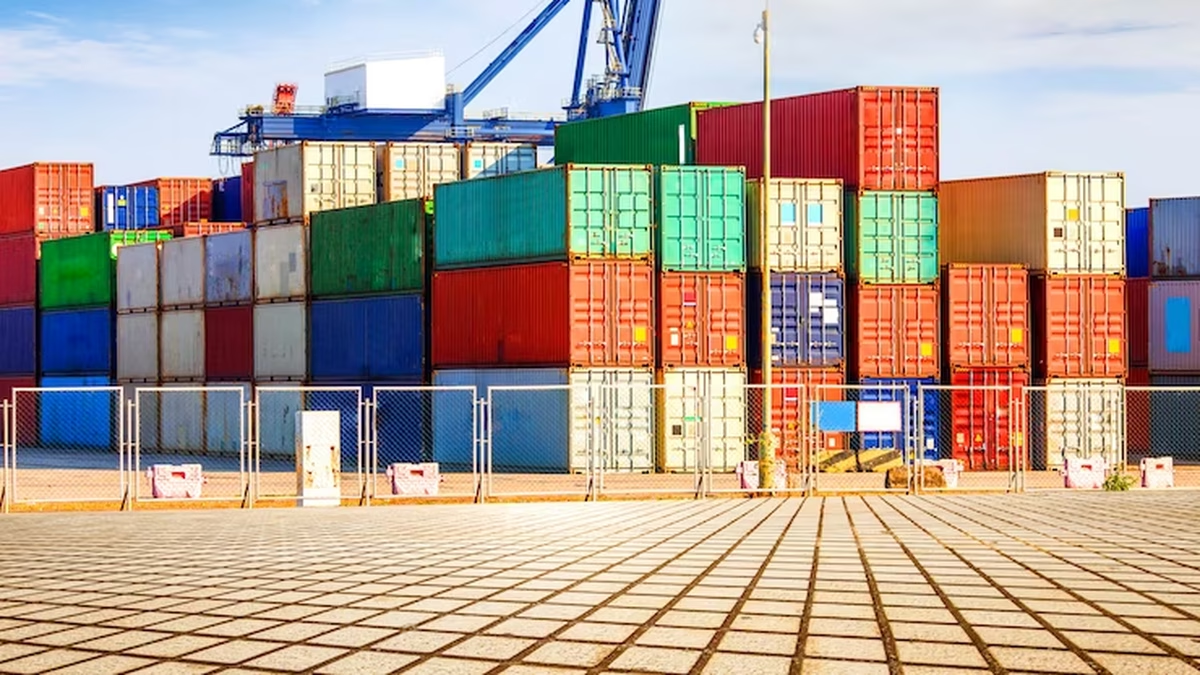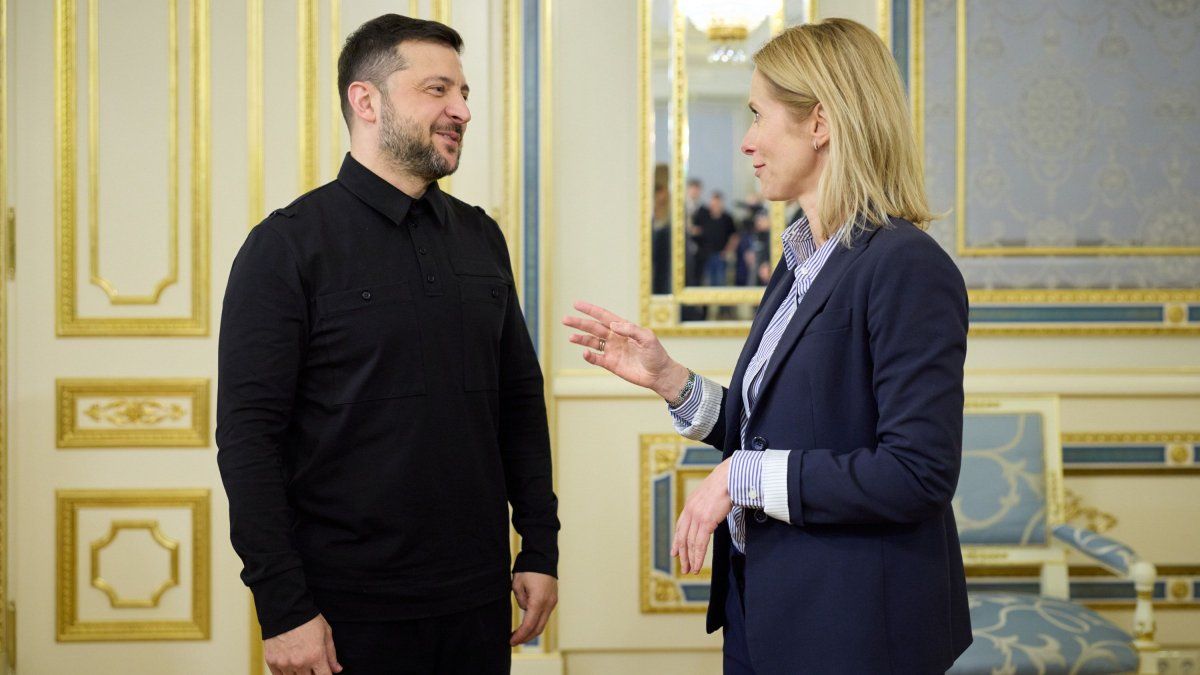The exports of Uruguay in 2023 they will fall twenty% compared to the previous year according to the latest report of International Trade Outlook for Latin America and the Caribbean published by the ECLAC. The economic present of China is one of the main reasons for this negative variation, but the drought historical situation that the country suffered also influenced the lower levels of placements.
Just as 2022 was a great year for exports Uruguayans, 2023 will be remembered as a complex exercise in international placements. Due to both external and internal factors, this key sector for the national economy fell in most of the past months, although in October it showed a recovery thanks to the increase of 14% year-on-year.
Beyond a recent positive record, the report of the Economic Commission for Latin America and the Caribbean (ECLAC) projected a closure with negative results for the country: exports will have a 20% drop from “end to end.” Although it is necessary to take into account the extraordinary figures that were achieved last year, the drought and lower demand from China explain a good part of this forecast regarding trade in goods.
This happens in a context of great weakness in world trade in which, according to the ECLAC, The value of the region’s exports as a whole will fall by 2%. However, in South America —where the estimated drop will be 5%—, Uruguay is one of the most affected countries, only ahead of Argentina (-22%) and Venezuela (-24%).
Likewise, the country will have setbacks both in prices like in volume and worth of exports: in the first case, the drop will be 4%; in the second, 17%; and finally, 20% corresponds to the fall in the value of Uruguayan placements.
The reasons behind a bad year for exports
Uruguayan exports were retained—compared to last year—for two reasons: on the one hand, the drought that lasted throughout the summer and several more months, being the worst recorded in the last century.
For the ECLAC, “In 2023, approximately half of the countries in the region will present increases in their export volumes in response to the deterioration in the prices of their main export products.” But “this will not be the case of countries that face exceptional situations, such as the droughts in Argentina and the Uruguay, which have resulted in a drop in exported volumes, mainly of soybeans and cereals,” stated the international trade outlook report.
However, the slowdown of the world’s main economies and, mainly, China, also explains the deterioration of the Uruguayan export sector. Something that, if the current structure of the bilateral trade relationship with the Asian giant is not modified – raw materials in exchange for manufacturing – will not see significant changes in the future either. For the international organization, despite the “extraordinary dynamism” of exchange, the expansion of trade has not been accompanied by a diversification of exports.
Although the international context of uncertainty amid wars and growing trade tensions between China and USA open a promising scenario in terms of raw material values, from the ECLAC they urge that as much Uruguay as the other countries in the region diversify their exports.
Source: Ambito




